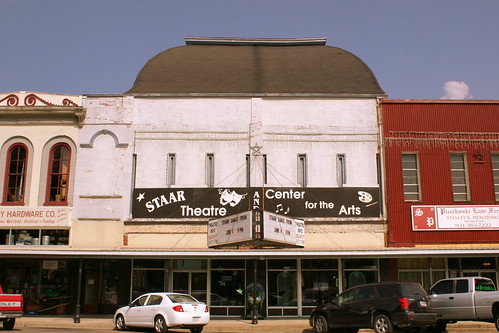A few days ago, the Tennessee Preservation Trust released their 2015 list of endangered historical sites in the state. This week on the blog, we are talking about some of the properties on this list. Here is how TPT describes the list:
"The Tennessee Preservation Trust’s Ten in Tennessee Endangered Properties List Program is TPT’s strongest advocacy tool for the state’s most endangered historic sites. Each year, TPT seeks nominations for the “Ten in Tenn” from the public from each of Tennessee’s nine Development Districts."
You can also see past entries on their website here:
http://www.tennesseepreservationtrust.org/ten-in-tn/?ref=archive

This abandoned mill is located inside of Rock Island State Park along highway TN287 right near the parking lot to view the great falls. Here's the story according to the historical marker:
Falls City Cotton Mill was built in 1892 by Asa Faulkner and several partners. It was the only textile mill in Warren County prior to 1930. The mill was in operation until the great flood of 1902, which destroyed many of the mills in the region. Situated on the bluff above the Great Falls of the Caney Fork River, the structure survived but was forced to close due to the loss of the turbine that washed away.
The Mill was operated by a flume, turbine, ropes, and pulleys powered by water diverted from the falls. The operation included the manufacture of cotton, wood products, and was well known for its heavy cotton sheeting.
Mr. Faulkner, wanting to help those most in need, hired and housed some 300 workers, predominantly widows and children. This created a booming "city" that included a blacksmith, post office, farm, market, and store of company products.
The building has been used for storage for the last 50 years and deterioration over the last 20 has compromised the building’s integrity. Owned by the Tennessee Valley Authority, the building is leased to the Tennessee Department of Environment & Conservation for use by Rock Island State Park. However, bureaucracy, cost of repairs and lack of a vision plan has left the landmark to deteriorate.





















